Spelt Yorkshire Puddings
These spelt Yorkshire puddings are a delicious twist on the British classic — crispy on the outside, fluffy on the inside. This recipe swaps plain flour for spelt, creating a lighter, equally tasty version of the traditional pud. Inspired by Gordon Ramsay’s recipe, it’s easy to make and perfect every time. Serve with a roast, or try them cold with a sweet filling for something different.
If you’re new to spelt flour and still finding your feet, check out my tutorial: A Beginner’s Guide to Spelt Flour.
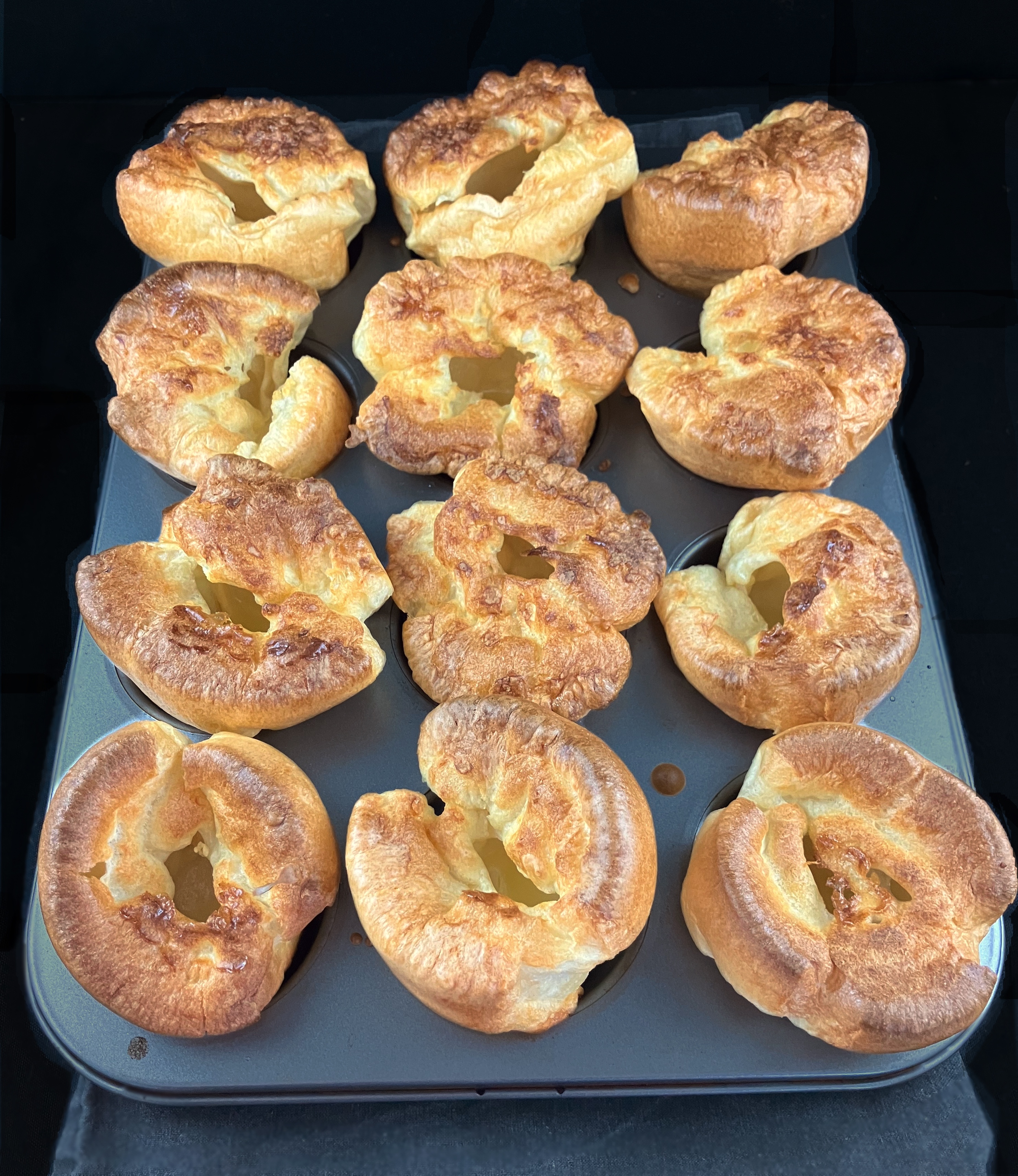
What are Yorkshire puddings?
If you’re new to British cooking, you might be wondering: what exactly are Yorkshire puddings? Despite the name, they’re not sweet puddings at all. They’re a type of airy, baked batter made from simple ingredients: flour, eggs, and milk. The result is a golden, crisp exterior with a soft, hollow centre that’s perfect for holding gravy or fillings.
Yorkshire puddings have been a staple in British kitchens for centuries. Originally created as a way to stretch a meal and make use of the fat that dripped from roasting meat, they’ve become one of the best-loved sides in the UK. And yes, as the name suggests, they originated in the historic county of Yorkshire. If you’re curious about how they went from humble beginnings to Sunday roast royalty, check out A Brief History of Yorkshire Puddings.
Traditional use: Yorkshire puddings with a roast
Yorkshire puddings are traditionally served as part of a classic British roast dinner. You’ll usually find them alongside roast beef, crispy roast potatoes, seasonal vegetables, and, of course, a generous helping of gravy. In fact, the combination of roast beef and Yorkshire pudding is so iconic that it’s protected as a traditional regional dish under EU law.
But it’s not just the Sunday roast where they shine. Some households (especially in parts of northern England) serve Yorkshire puddings as a starter, filled with onion gravy, or even as a main course with sausages and vegetables. Their ability to soak up flavour and complement savoury dishes makes them one of the most versatile sides in British cuisine.
Sweet Yorkshire pudding ideas
Did you know Yorkshire puddings aren’t just for savoury meals? While they’re best known as the ultimate roast dinner side, Yorkshire puddings are incredibly versatile, and they also happen to work brilliantly as a base for sweet treats.
Because of their light, airy texture and neutral flavour, they pair surprisingly well with all kinds of sweet toppings and fillings. Think of them a bit like crêpes or choux pastry shells; they’re just waiting to be reinvented. Once cooled, Yorkshire puddings can be transformed into a unique dessert by filling them with everything from whipped cream and fresh fruit to custard, chocolate spread, or jam.
If you’re looking for a creative twist, try my blueberry jam Yorkshire puddings. They’re a simple but fun dessert-style version that turns a traditional British side into a treat worthy of the dessert table. Whether you’re serving them at a brunch, afternoon tea, or just using up leftovers from Sunday dinner, sweet Yorkshire puddings might just surprise you.
Tips for perfect spelt Yorkshire puddings
It seems that many people feel a bit nervous when it comes to making Yorkshire puddings, especially when they’re meant to be the star side dish of a roast dinner. And it’s easy to understand why. Open the oven too early, and you’re left with flat, pancake-like disappointments. Overfill the tins, and they puff up beautifully only to collapse moments later. Getting the rise just right can feel a bit like a mystery.
But don’t worry, help is here. I’ve tested this spelt Yorkshire pudding recipe over and over to make sure it delivers consistently great results: perfectly risen, crisp on the outside, and soft and fluffy in the centre. And best of all, it uses just a few basic ingredients you probably already have at home.
So, what’s the secret? Honestly, it all comes down to a few simple but important details:
- Start with hot oil (or lard) — It needs to be really hot before the batter goes in. My mum always used lard, and swore by it for the best flavour and rise.
- Don’t open the oven door while they’re baking — Seriously, don’t peek. That blast of cool air is a recipe for deflated puds.
- Don’t overfill the muffin tin or pudding tray — Too much batter can lead to dramatic rises that collapse quickly.
- Let the batter rest before baking — Even just 15–30 minutes helps improve the texture, but longer is fine too. You can even make it earlier in the day and pop it in the fridge.
Once you’ve got those basics down, the rest is easy-peasy. No special equipment needed, no complicated steps. Just a trusty muffin tin and a hot oven.
Inspired by a Gordon Ramsay Recipe — with a Spelt Twist
These Yorkshire puddings are adapted from a recipe by Gordon Ramsay, originally featured in House & Garden. His method is wonderfully straightforward and delivers consistently impressive results: tall, crisp, and golden.
The only change I’ve made is to use spelt flour instead of regular plain flour. Spelt is incredibly versatile and can often be swapped 1:1 for all-purpose flour in traditional recipes, and this one is no exception. The puddings still puff up beautifully and hold their shape, with that classic contrast between a crispy shell and soft centre.
If you’re experimenting with spelt or already love baking with it, this is a great example of how seamlessly it fits into familiar favourites. All credit to Gordon — I’ve simply added a wholesome twist.
More British classics to try
If you enjoyed this recipe and you’re interested in exploring more traditional British fare, I’ve got plenty of comforting, nostalgic favourites for you to try next. From savoury bakes to beloved teatime treats, there’s something special about the simplicity and heartiness of British home cooking.
Why not start with my chicken sausage rolls? A tasty twist on a classic that’s perfect for lunchboxes, picnics, or party spreads. Or, for something sweet, go for my old-school cornflake tart, a true retro favourite that brings back memories of British school dinners (in the best way). And of course, you can’t go wrong with a light and fluffy Victoria sandwich sponge cake. A timeless bake that’s just right for afternoon tea.
If homemade pastry is more your thing, there’s a whole world of British favourites to dive into. Cheese and onion pasties are a comforting, meat-free option with a rich, savoury filling and golden flaky crust. Perfect for lunch or a cosy supper. Or try a spicy beef pasty, packed with tender filling and all the hearty flavours you’d expect from a proper bake. Whether you’re after something portable for a picnic or a warming dinner served with a side of mash, these pastry recipes are simple, satisfying, and full of old-school charm.
These recipes celebrate the best of British baking and comfort food, using straightforward ingredients and simple methods. Whether you’re rediscovering old favourites or trying something new, there’s plenty more to enjoy.
FAQ: spelt Yorkshire puddings
1. Can I use spelt flour instead of plain flour in Yorkshire puddings?
Yes! Spelt flour works as a 1:1 substitute for plain flour in this recipe. It creates a slightly lighter and more tender texture while still allowing your Yorkshire puddings to rise beautifully.
2. Why did my Yorkshire puddings collapse?
There are a few common culprits: opening the oven door too soon (before they’ve fully risen), overfilling the tins, or using oil that wasn’t hot enough. Be sure to use hot oil, avoid peeking in the oven, and don’t fill your muffin tin more than halfway.
3. Can I make Yorkshire puddings in advance?
Yes, you can! Yorkshire puddings are best served fresh, but you can make them in advance and reheat them in a hot oven for a few minutes to crisp them up again. If you have leftovers, they can also be enjoyed cold, especially when filled with something sweet like blueberry jam.
4. What type of oil is best for Yorkshire puddings?
For the best results, use a neutral oil with a high smoke point, such as vegetable oil, or lard for a more traditional flavour. The key is to get the oil hot enough before adding the batter.
5. Can I make Yorkshire puddings without a muffin tin?
Yes! While a muffin tin gives Yorkshire puddings their classic shape, you can also use a baking dish or individual pudding trays. You can even go for a massive version, rather than creating individual puddings. Just make sure the oil is hot, and adjust the cooking time as needed.
6. Can I use whole spelt flour instead of white spelt flour?
Whole spelt flour can be used in place of white spelt flour, but keep in mind that it might result in a denser texture. If you prefer a lighter texture, white spelt flour is recommended.
Spelt Yorkshire Puddings
Ingredients
- 3 eggs (large)
- 125g (1 cup) spelt flour (see note 1)
- ½ tsp salt
- 150ml (½ cup + 2 tbsp) milk
- 12 teaspoons vegetable oil (see note 2)
Instructions
- If you can, prepare the batter in advance — an hour or two is perfect.
- Whisk the eggs in a bowl or jug (I like using a jug because it’s easier to pour the batter into the muffin tin).
- Add the flour and salt, and whisk until well combined.
- Add the milk and whisk until you have a smooth, lump-free batter. Leave it to one side until you're ready.
- Preheat the oven to 200°C (392°F).
- Pour 1 teaspoon of oil (or whatever you're using) into each hole of a 12-hole muffin tin.
- Place the tin in the oven for 10 minutes so the oil gets nice and hot.
- Carefully remove the tin and pour in the batter until each hole is about half full (be careful not to overfill).
- Bake for 12–15 minutes — do not open the oven during baking or the puddings will deflate.
- Serve immediately with your favourite roast or enjoy cold with something sweet.
Notes
- You can use regular flour instead of spelt. Just do a straight swap.
- I’ve listed the oil as 12 teaspoons — one per Yorkshire pudding. Lard or dripping also works well and adds a traditional flavour.
4 thoughts on “Spelt Yorkshire Puddings”
Leave a Reply


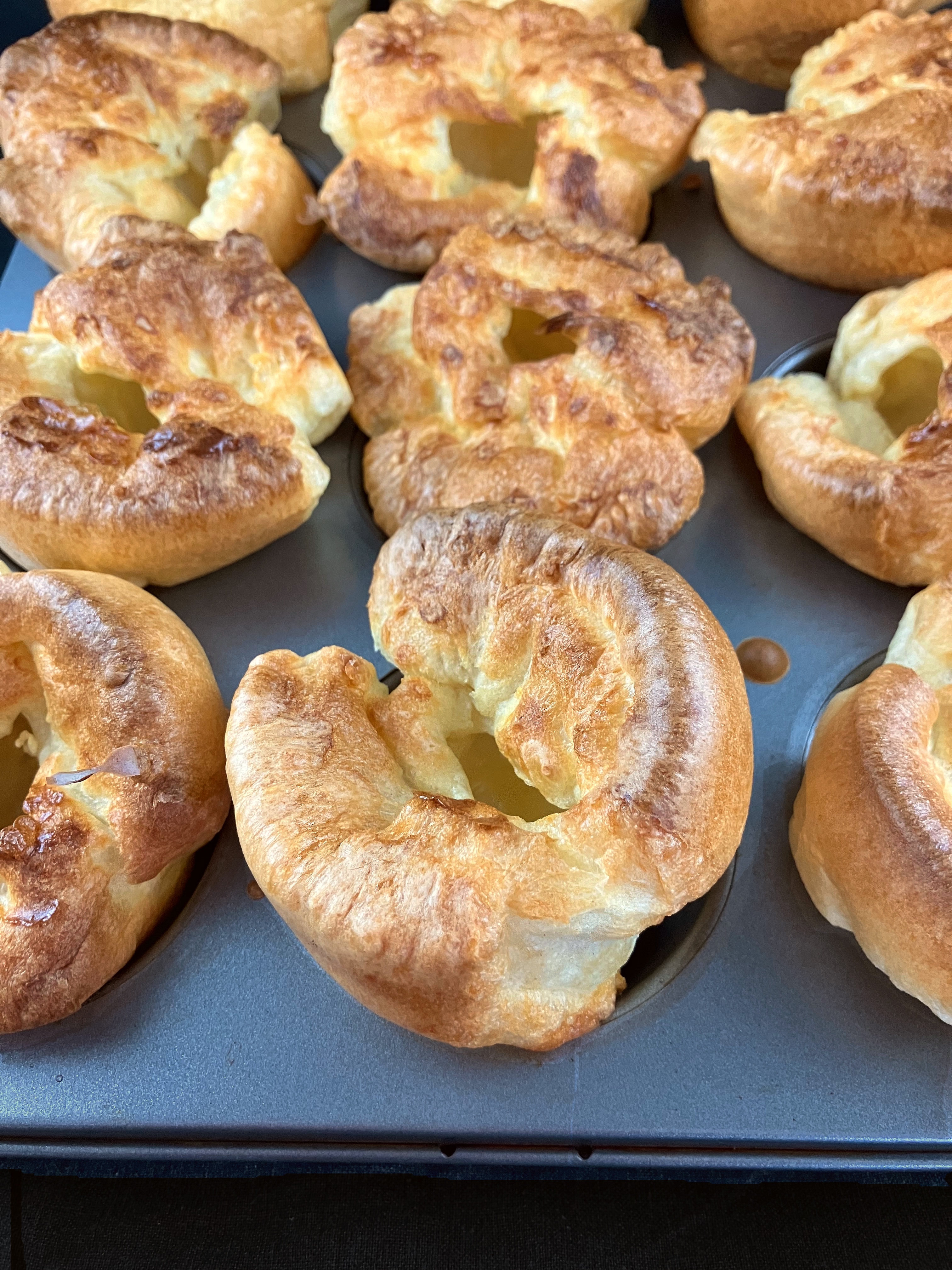



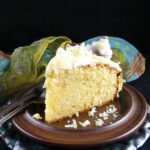
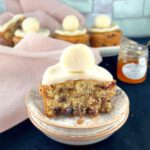

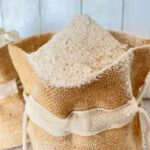

I love this! So grateful for this recipe. It’s been difficult to find a good freshly milled flour recipe for Yorkshire puddings. Thank you!!
Hi Jessica! So lovely to hear – it’s one of my favourite recipes, for sure!
I don’t know if I rated this yet lol so just to make sure.. definitely five stars. Family loves it!
Oh, how lovely to hear, Jessica. Thank you! My family loves them too!